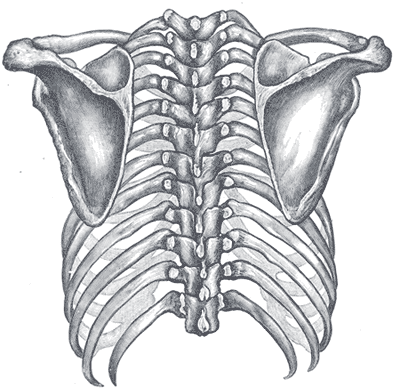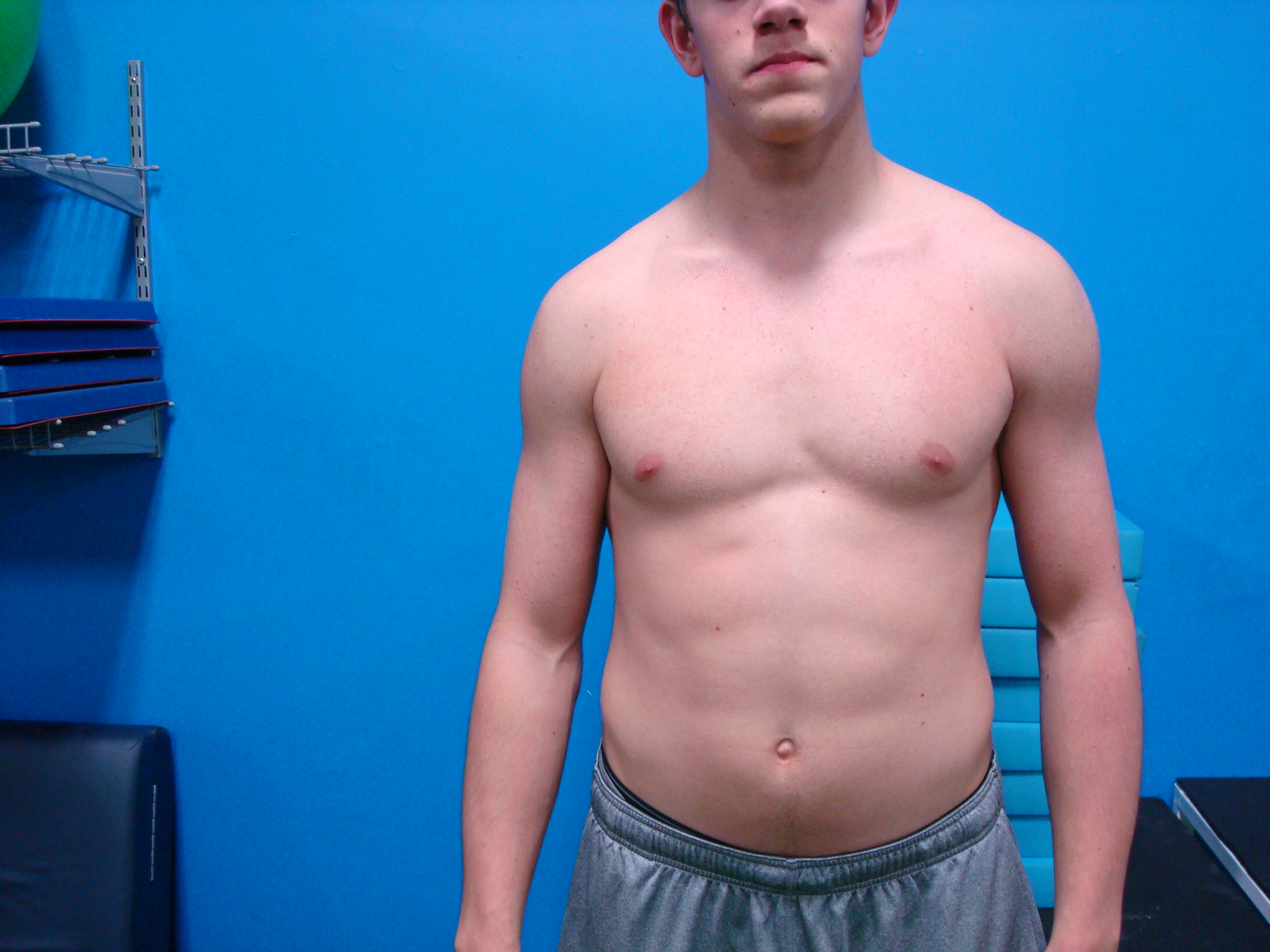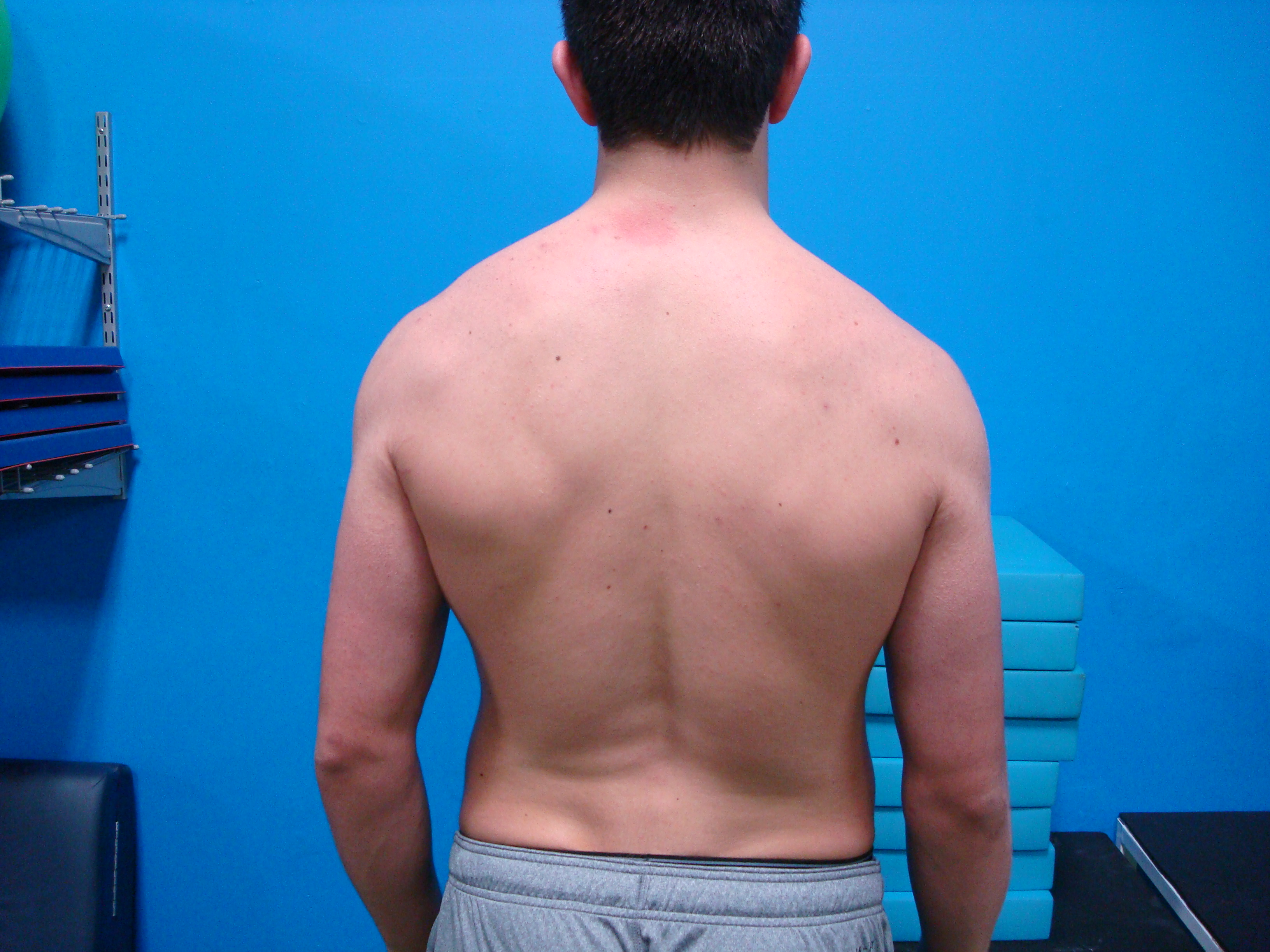Anthony Donskov
Anthony Donskov is the founder of DSC where he serves as the Director of Sport Performance. Donskov holds a Masters Degree in Exercise Science & is the author of Physical Preparation for Ice Hockey.
Push/Pull Ratio for Contact Athletes
- Font size: Larger Smaller
- Hits: 4881
- Subscribe to this entry
- Bookmark
Contact athletes are exposed to high-end impact forces that affect the entire Kinetic Chain on a daily basis. I have written in the past about the training implications of building “functional hypertrophy” and the demands contact places on the body, in particular the shoulder complex. Without a doubt, the biggest issues we deal with at Donskov Strength and Conditioning during the coarse of the competitive hockey season are shoulder related (AC joint) due to high impact collisions. Keep in mind that we perform a healthy dose of T-Spine mobility; horizontal/vertical pulling and “direct” cuff training in order to prevent these occurrences and we will continue to do so. However, I am beginning to re-think the volume of horizontal pulling that we incorporate into our programs at DSC. This is a number that will increase in the future and will directly affect the push/pull ratio within our program design.
The Scapula
A Joint By Joint Approach
The importance of scapular stability cannot be overlooked in long-term shoulder health for contact athletes. This stability needs to be in harmonic balance with the mobility of the t-spine and GH joint respectively. The scapula can be described as a triangular-pivot support system.
Anterior support/Lateral support: Clavicle
Posterior Support: Trapezius, rhomboids, serratus anterior

Posterior View
When we look at the supporting structures of the scapula we see that there is only one bony landmark involved in anterior support (not overly stable) and none involved in posterior support (all muscular). We see now how important horizontal pulling is in program design. What happens if anterior support is compromised via strain (Type 1) or tear (Type II) of the AC? There are conflicting opinions. The first is that the clavicle rides up causing vertical displacement; the second is that the clavicle stays put and the scapula moves inferior. Take a look at the pictures below (AC grade 2). We can clearly see inferior displacement of the scapula causing an entire shift in the Kinetic Chain.

Right Shoulder (Grade 2 AC separation)

Right scapula: inferior boarder dropped
Programming Implications
Due to the relative poor support from the anterior bony landmark of the clavicle, daily posture (sitting, flexion) and the direct impact from collisions, building a strong “posterior dominant” shoulder is of utmost importance. Horizontal pulling plays an important role in structuring a solid foundation of posterior support for the scapula, while opening up the sub-acromial space. It may not prevent all high impact contact injuries, but building a house with a strong foundation is more effective than building a house on top of quick sand in the presence of a hurricane. Below is the push/pull ratio of current programming at Donskov Strength and Conditioning and how these numbers may change in the future.
4/week Program (Upper/Lower Split)
Current Future
Day #1
- Vertical Pull + 1 Additional Horizontal Pull
- Horizontal Pull
Day #2
- Push
- Vertical Press
- Shoulder Circuit (Y/W’s)
Day #3
- Horizontal Pull +1 Additional Horizontal Pull
- Vertical Pull
Day #4
- Shoulder Circuit (Y/W’s)
- Incline Push
- Push
2/week Program (Full Body)
Current Future
Day #1 +1 Additional Horizontal Pull
- Push
- Vertical Pull
Day #2
- Push +1 Additional Horizontal Pull
- Horizontal Pull
When viewing the numbers above, we are essentially doubling our push/pull ratio from 1:1 to 1:2. The goal is to build a strong “posterior dominant” shoulder complex strengthening the triangular-pivot support system. It is our belief that in the presence of a hurricane (high impact collisions) a solid base of strength is needed to avoid long-term structural damage. If we can’t eliminate injury, our goal is to reduce the chance of possible injury in the future. By manipulating our push/pull ratio, it is our goal that a positive step may be taken in the right direction.
Anthony Donskov, MS, CSCS, PES, is a former collegiate and professional hockey player, founder of Donskov Strength and Conditioning Inc., (www.donskovsc.com) and Head Instructor/Director of Off-Ice Strength and Conditioning for Donskov Hockey Development (www.donskovhockey.com). He can be reached at info@donskovsc.com .
Facebook: http://www.facebook.com/pages/Donskov-Strength-and-Conditioning-Inc/111694352189187
Twitter: http://twitter.com/Donskovsc
